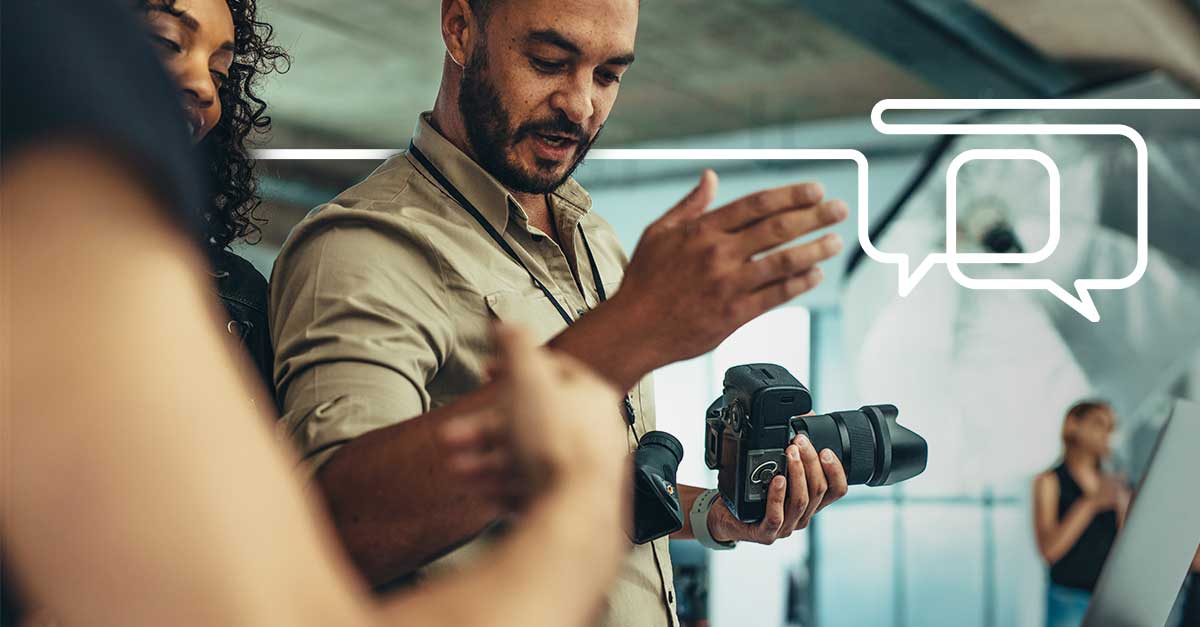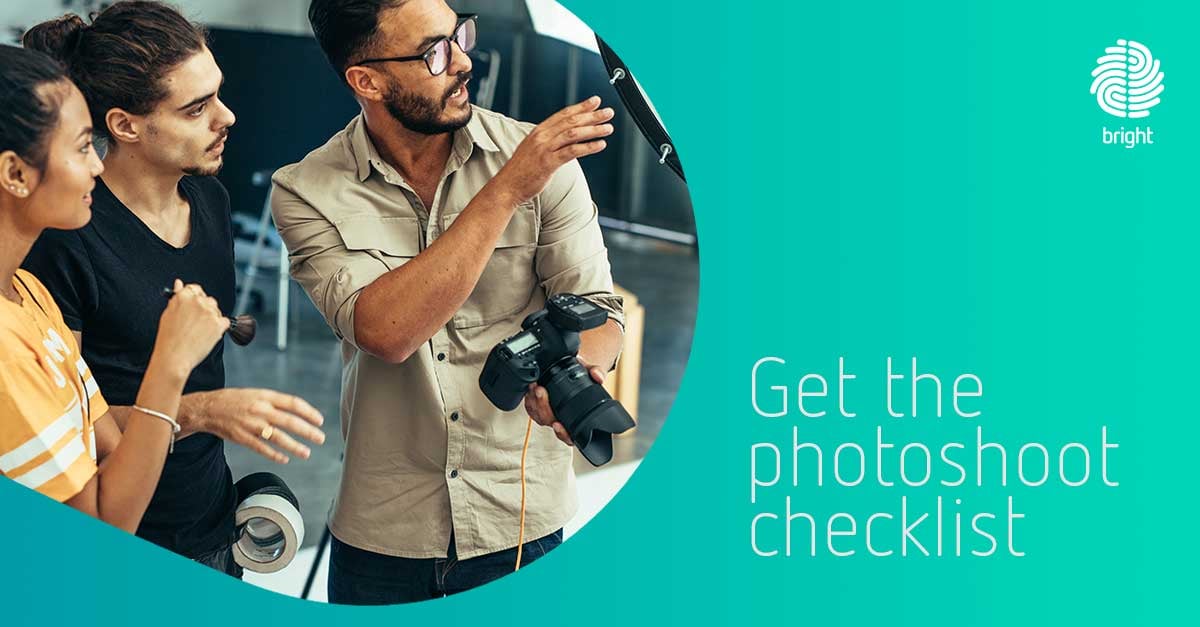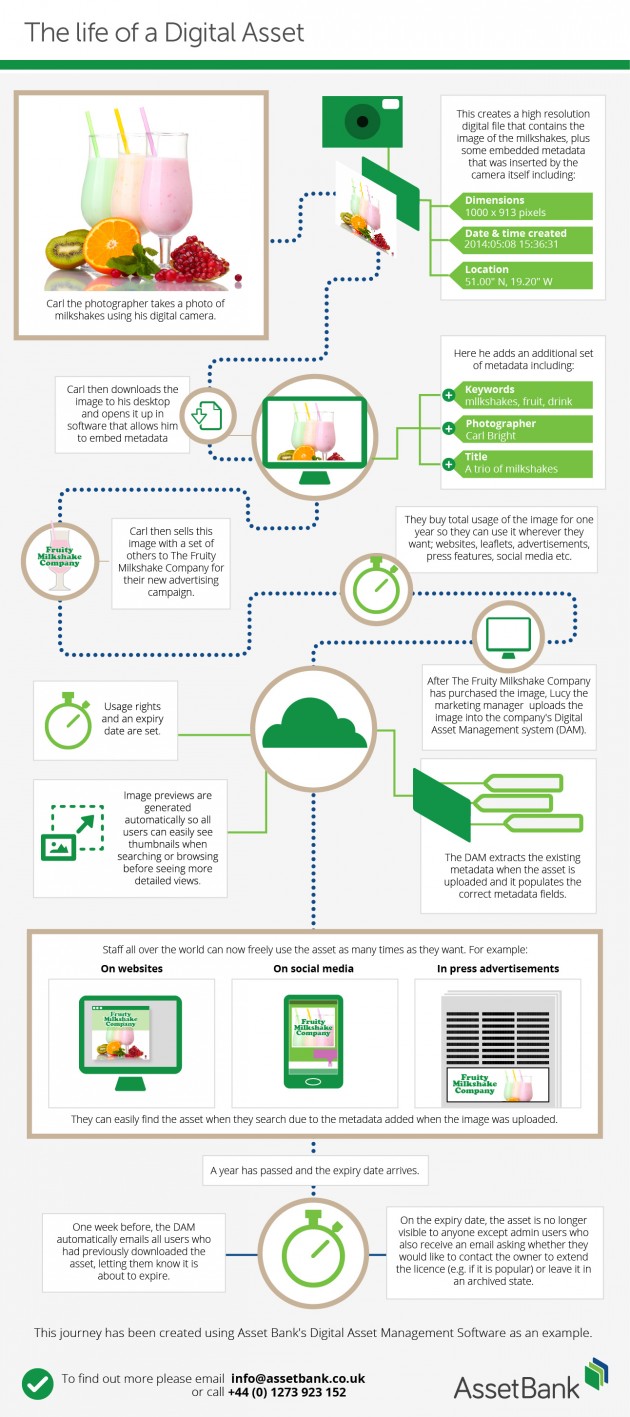There are lots of guides out there but how to brief a photographer, but what if you’re a marketer, communications specialist or a creative director looking to find the right photographer for your campaign? Here’s a few tips on how to write a photography brief for your next campaign.
1. Determine what you need from the shoot and explain it to your photographer
Sure, you need some photos for your next marketing campaign, or perhaps an internal project, but are you clear on what you need the campaign to convey? What your call to action is? Which feelings in your customer are you trying to inspire? This is vital information for your photographer so make sure you communicate what your goal is and what you want to do.
2. How to select the right photographer for your campaign/project
There are third parties who can help to handle your brief and book the photographer part of it for you, but chances are you will need to source a photographer yourself, especially if you have a smaller budget to work with. If you know what you want to get out of the campaign, this may be able to help you narrow it down.
Do your research
Often, there isn’t a right or wrong way to find the right person for the job, but there are a few things to check for. Have you seen their portfolio, and does it fit what you need? Do they have experience in the photography you’re looking for? For example, if you need a photographer to take photographs of product but their main experience is portraits, you’ll have to reconsider whether they are right for you. Equally, are they used to only shooting for print campaigns or images that might work online as well?
Do you get a good vibe?
How do they work? Sometimes it can be so much about the right relationship with them. How do you prefer to work and communicate and does this work for them too? Facilitating a shoot can be hard enough without worrying about not getting on with each other!
Don’t lose sight of your brand guidelines
Don’t forget your brand. Definitely an important one for all marketers and creatives out there. Have you shared your brand guidelines with them? Even your tone of voice document could be helpful in articulating who you are as a brand, so that the photographer is clear about who you are and therefore will better understand your creative requirements.
Remember, you’re hiring the photographer for their creative skills and expertise. You don’t want to restrict them too much, so defining the campaign objective, goals, inspiration and brand should be enough to help you and your photographer get a great set of images on the shoot itself.
3. Plan and prepare to the last detail!
Who will be managing the photoshoot on the day/s? If it’s you, you’ll need to get on top of your communication! Write up your timelines and any restrictions. Plan the day and determine in advance what each person on set will need and their role. Which materials will your photographer need you to source, and what do you need them to bring? How are they going to get there? Do you have a plan of what you need during the day? Make sure you build a timeline and plan and objective for the day and communicate it to everyone involved, clearly outlining their responsibilities. Don’t worry about over communicating at this stage, but try and group your questions and requests in one email/channel and give as much notice as possible to ensure the shoot runs smoothly.
Be aware of local laws! It sounds pretty crazy, but make sure you know what the laws are around your shoot. If you’re not based in a familiar location make sure you are clear whether there is anything specific to pay for rent of the location or any time restrictions to adhere to.
Lastly, don’t forget to provide food and drink. It’s alway good etiquette to feed your photographer and team as no doubt they’ll be too busy working to source food for themselves.
Be clear about asset output
Make sure you communicate that format you need the photography for and where you might need it from. Communicate where it’s going to be placed e.g. in a magazine, online, on a billboard - all of these factors are crucial in making sure that your photographer provides you with the right style and format of photography. Also find out how long their post shoot processing takes. Make sure you both understand and agree to the timelines and when you’re going to receive images, plus any editing requirements later you may need to influence.
We may be a bit biased, but we make sure we include all of digital asset files in our Asset Bank. It means that we can give the photographer a login (with relevant permissions) to upload the files without having to use a third party with expiring links. It also means we can share the final images and edits with our internal team and externally pretty easily as well, rather than having to upload them onto a shared drive [link].
4. Consent to use images
The shoot went well, you’ve got your images, so the last point to consider is ensuring you sure you have signed consent from all involved for how you plan on using the images. For example, who has the rights over the final image. If you are using a professional model and photographer, their consent to use the images forever may be more expensive than if you purchase the rights to use the shots and the model’s image in the shots for a small number of years. If this is the route you want to go down, make sue you have the right tech in place to be able to stop your business and teams using the image past the contractual buy-out date.
If you need some photos but don't have the budget for a photographer, why not try it yourself? Try our handy guide on the best Photography Apps.
Download a free copy of our helpful Photoshoot Checklist that you can take with you to help you plan!




